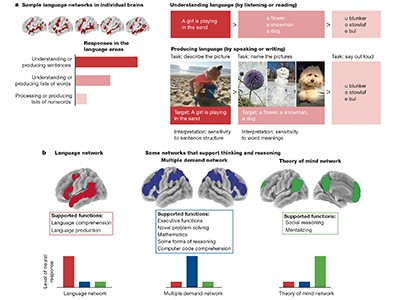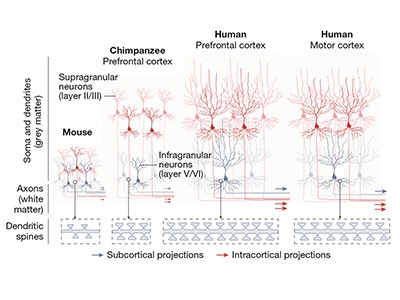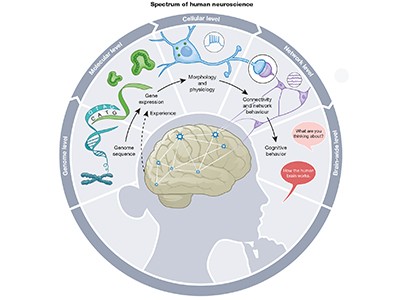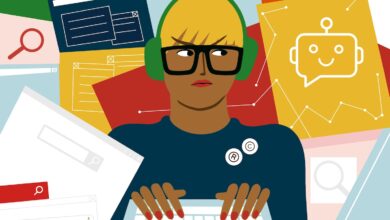Human neuroscience is entering a new era — it mustn’t forget its human dimension

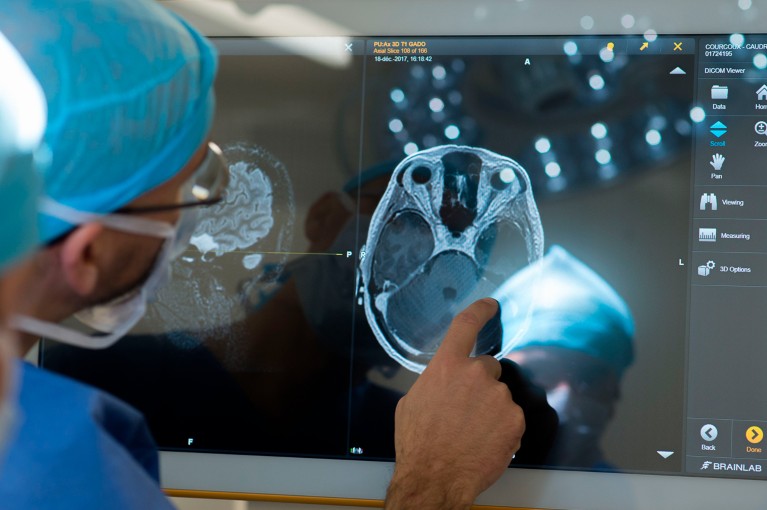
Studies involving people who are awake during brain surgery are helping to explain how the brain produces and perceives speech.Credit: BSIP/Universal Images Group/Getty
In neuroscience, ‘Broca’s area’ is a well-known part of the brain that is crucial for speech production. It is named after the nineteenth-century physician-researcher who discovered it — Paul Broca. Less well known, however, is the person whose brain enabled Broca to do so. His name was Louis Victor Leborgne and he had lost his ability to speak at age 30.
Leborgne’s story reminds us why we must never ignore the people involved, assume they’ve consented or fail to acknowledge them appropriately — especially in an age when a lot of neuroscientific research involves humans.
This week’s issue of Nature includes several studies devoted to human neuroscience. They highlight the opportunities researchers have to study the human brain in never-before-seen detail. For example, single-neuron recordings of people who are awake while undergoing brain surgery are helping to explain how the brain produces and perceives speech. Similarly, atlases of brain-cell types, neural circuits and gene-expression maps have the potential to revolutionize our understanding of the cellular and molecular processes that underline behaviour and cognition.
Read the paper: Language is primarily a tool for communication rather than thought
These technologies are helping researchers to explore what sets the human brain apart from those of other species, and how its cognitive abilities have evolved. For example, the role of non-invasive imaging in learning about cognitive abilities is discussed in a Perspective article by Feline Lindhout at the Medical Research Council’s Laboratory of Molecular Biology in Cambridge, UK, and her colleagues1. In another article, Evelina Fedorenko at the Massachusetts Institute of Technology in Cambridge and her colleagues also draw on this literature to argue that, in humans, language probably serves mainly as a communication tool rather than as a means for thinking or reasoning2 — and that language is not a prerequisite for complex thought.
One desirable outcome for human neuroscience would be to develop personalized treatments for neurological and psychiatric disorders, because translating the results of studies in animals has not proved successful or sufficient for generating effective therapies at scale. But in grasping these opportunities, researchers must keep in mind that the brain is different from other organs — it’s the seat of people’s memory, experiences and personality. When using the human brain — whether in small cubes removed during neurosurgery, or through 3D organoids made from stem cells and grown in cultures to resemble parts of the developing human brain — for research, scientists must consider the dignity and respect owed to the individuals concerned.
Read the paper: A molecular and cellular perspective on human brain evolution and tempo
The 1964 Declaration of Helsinki is the basis of research ethics for studies involving humans. Participants are asked to complete a consent form before the start of a study. Researchers have to ensure participants are fully informed about the study’s goals and whether and how they will benefit from the research. Sources of funding should also be declared and a participant must be able to withdraw at any time. According to neuroethicist Judy Illes at the University of British Columbia in Vancouver, Canada, ideally, consent should not be something that is done only once. It should be revisited during a study, so that participants can make informed decisions at different stages3. This is especially important for studies involving vulnerable people, because their circumstances might change during a study.
In another Perspective article, Tomasz Nowakowski at the University of California, San Francisco, and a team of neurosurgeons, neurologists and neuroscientists4 call on the neuroscience community to revisit these standards of ethical practice. A key challenge they identify is how to handle the ramifications of advances in machine learning and artificial intelligence (AI).
Read the paper: Large-scale neurophysiology and single-cell profiling in human neuroscience
Researchers who use cell atlases, single-cell technologies and spatial-genomic analyses benefit hugely from AI and machine-learning algorithms when analysing large data sets. Yet, AI technologies have the potential to re-identify anonymized information by analysing vast data sets and finding patterns that trace back to individuals. AI models that analyse large data sets can also make predictions related to features of peoples’ behaviour and their cognitive abilities. This has the potential to cause harm, for example, through biased or erroneous profiling of people on the basis of their neurological data, says neuroethicist Karen Rommelfanger, founder of the Institute of Neuroethics, who is based in Atlanta, Georgia.
Nowakowski and his colleagues propose that researchers use controlled archives, access to which requires approval, and that they restrict data use to the conditions specified in consent forms. To implement such changes will require conversations between study participants, academic researchers and the companies that have a considerable role in the current AI advances. Informed-consent information will also need to change, to account for the risks of researchers’ increased reliance on AI tools.
The team is right to stress the need for improved standards in data ethics and sharing that are jointly created by scientists, private partners and the research participants. Without a doubt, human neuroscience is entering a new and important era. However, it can fulfil its goals of improving human experiences only when study participants are involved in discussions about the future of such research.
